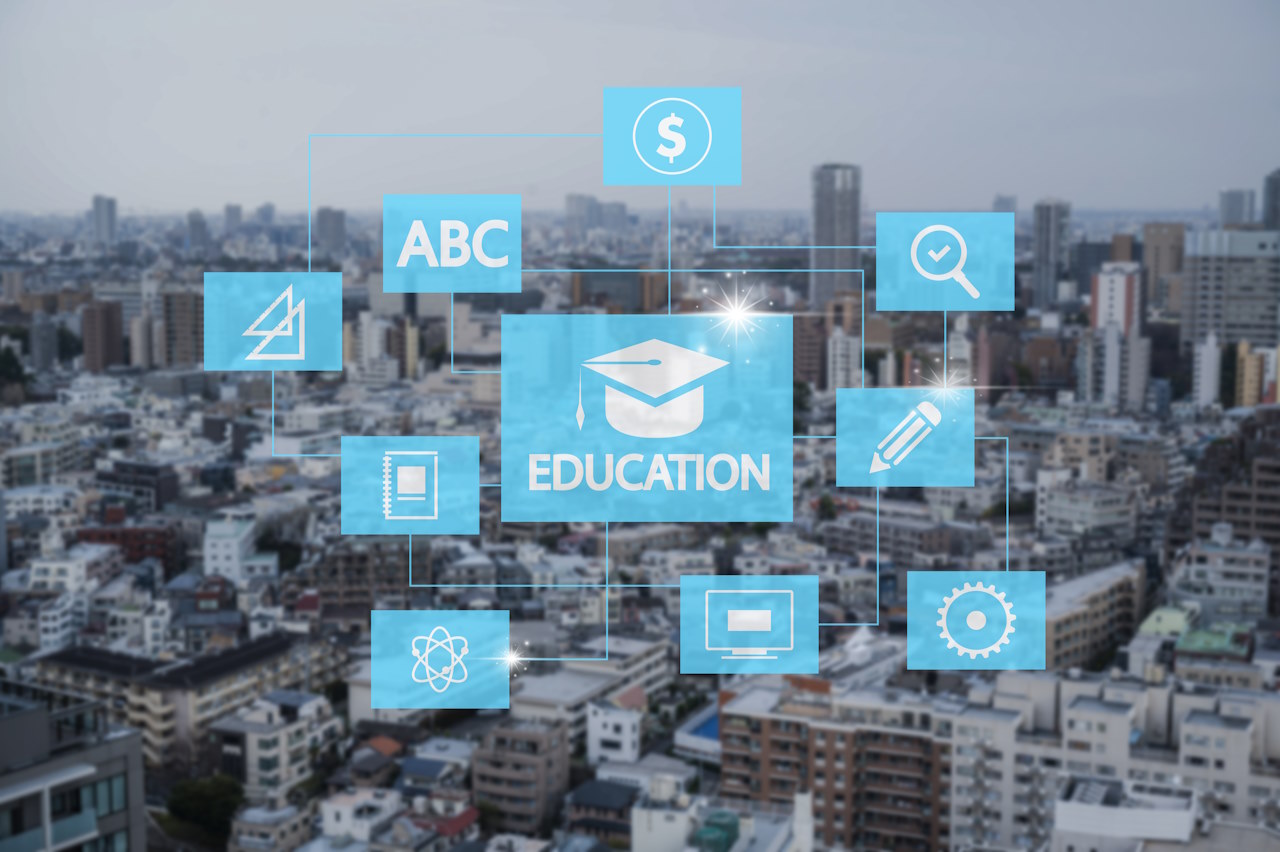In today’s rapidly digitizing world, education remains one of the most influential factors in shaping individuals’ futures. However, many students, like Jess, encounter significant challenges in school, particularly in foundational skills such as reading, writing, and math. In crowded classrooms, where teachers have limited time to offer one-on-one support, some students may fall behind in their learning journey.

This is where artificial intelligence (AI) offers promising solutions to tackle such educational challenges and provide students with a more personalized support system. Through the flexibility of AI technology, we now have the potential to tailor learning experiences to meet each student’s individual needs, pacing, and strengths. This approach not only makes learning more effective but also helps students stay motivated.
The Benefits of AI-Enhanced Education
In 1984, educational researcher Benjamin Bloom conducted a study known as the “Two Sigma Problem,” which highlighted the positive impact of one-on-one tutoring. Bloom’s research showed that students who received individualized instruction performed two standard deviations better than those in traditional classroom settings. However, we lack the resources to offer one-on-one support to all students. Here, AI-based solutions present a unique opportunity to transform the “Two Sigma Problem” into a “Two Sigma Opportunity.”
With AI-powered education, it is possible to focus on students’ areas of improvement, strengthen their skills, and provide a highly personalized learning experience. This approach offers students a richer feedback environment and more tailored support than ever before.
Three Simple Strategies for Using AI in Education
To make AI in education impactful for many students, we can implement a few straightforward yet effective strategies:
Text Differentiation: Reading levels vary greatly among students, and with AI, adapting a text to different reading levels becomes faster and easier. This ensures that each student can engage with materials suited to their level, leading to more productive learning.
Retrieval Practice: Reinforcing what students have learned is a key component of long-term retention. With AI-generated quizzes and tests, students get more frequent opportunities to revisit and reinforce learned material, which helps make their knowledge more lasting.
Receiving Feedback from AI: AI can provide guidance on assignments, offering constructive feedback that helps students monitor and improve their own progress. This allows students to use AI not as a shortcut for completing tasks but as a learning aid that supports their growth.
Comprehensive and Equitable Learning Experiences with AI in Education
AI-powered education doesn’t just address the challenges that arise in the absence of one-on-one support; it also offers students a fairer chance at learning. Through AI, students can access lessons and materials that adapt to their individual learning speeds and needs, empowering them to improve in a personalized way.
As these technologies shape the future of education, they also lay the foundation for broader social change. If we can harness the potential of AI in education to enhance core learning methods, we contribute to the development of both individuals and society. An AI-supported education system can foster not only individual success but also promote equal access to knowledge and quality education for all, sparking positive change on a global scale.







